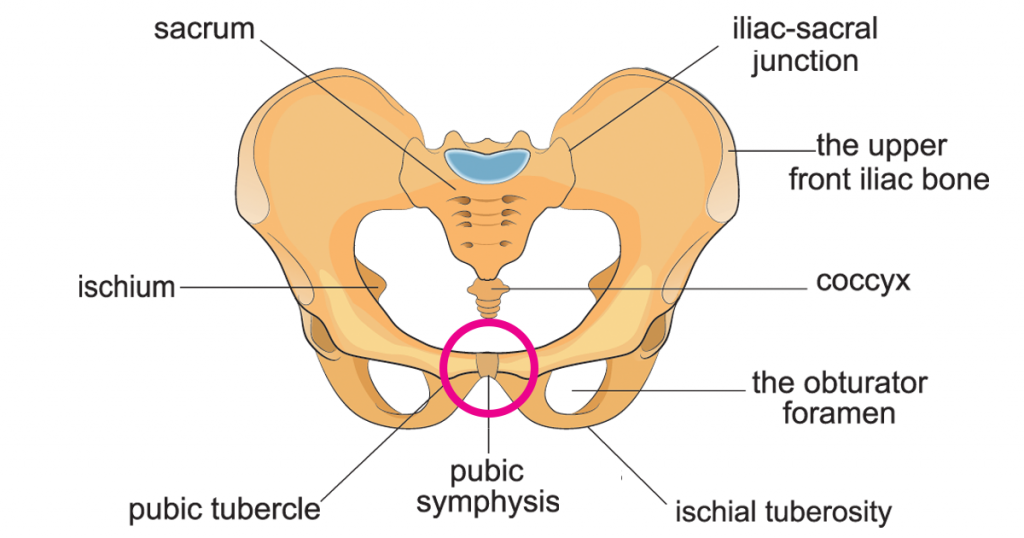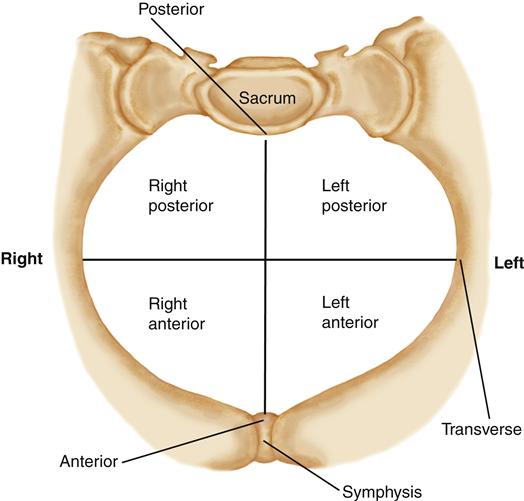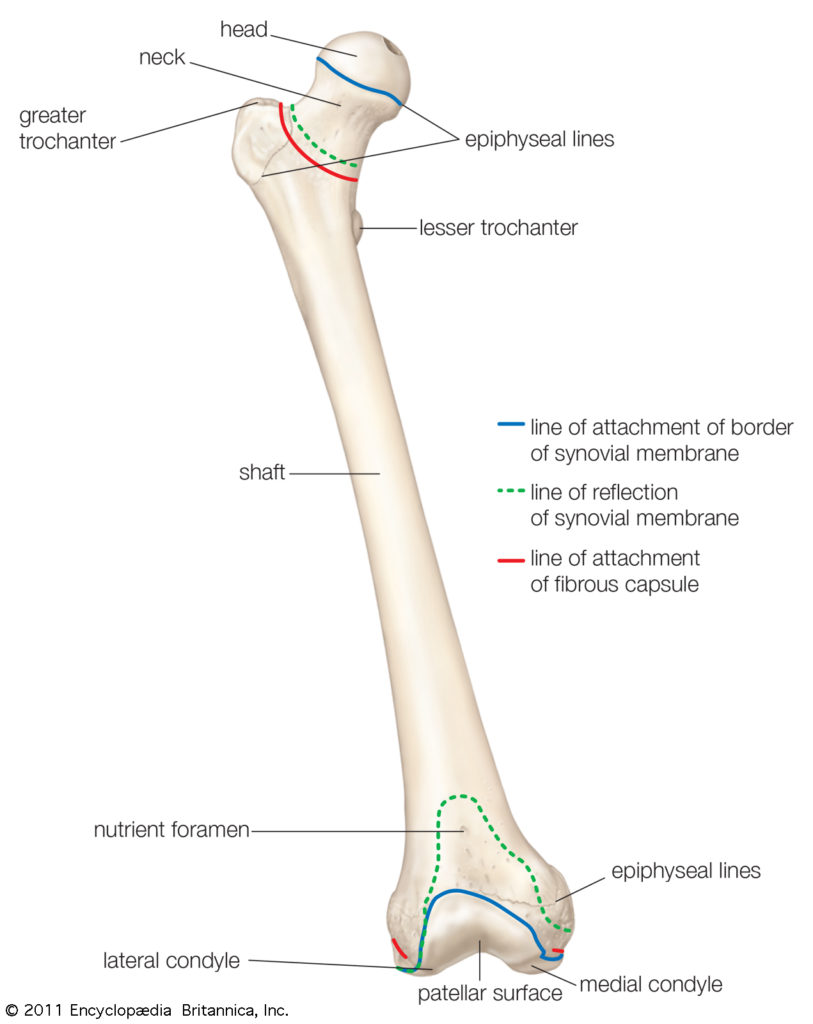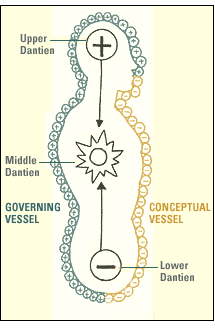Embodying Presence: Week Three:
In honor of the third class, here are some fun and profound ‘Trinities’ we can explore.
Cosmic Trinities:
Thomas Berry’s Three Laws of the Universe: Subjectivity, Differentiation and Communion
Brahma, Vishnu and Shiva
Mother Earth, Father Sky and You
Three Expressions of Embodying Presence: Being, Becoming and Belonging
Buddhist Three Jewels: Buddha, Dharma and Sangha
Energetic Trinities
Three Dantiens: Lower, Middle and Upper (See below)
Three Shariras (Bodies) in Vedanta: Gross (shtula), Subtle (sukshma) and Causal (karana)
Three Koshas (sheaths) of the Subtle Body: pranamaya, manomaya and vijnanamaya
Three Spatial Directions: Up/Down, Right/Left and Front/Back
Taoist Three Treasures: Jing, Qi and Shen
Three Gunas: Tamas, Rajas and Sattva
Anatomical Trinities:
Three Embryological Anatomical Cavities: Jue Yin, Tai Yin and Shao Yin
Three Bones of the Pelvis: Illium, Ischium and Pubis (see below)
Three Centers of the Upper Femur: Great Trochanter, Lesser Trochanter, Femoral Head
The Three Groins (scroll to pg 60, note also pg 30)
Endoderm, Ectoderm and Mesoderm
Three Holistic Systems of the Body: Circulatory, Nervous and Fascial Systems
First Three Classes Review:
Just Sitting, or Shikantaza. Resting as Presence, True Nature, Silence, Stillness, the Tao.
Mantra: Pause – Relax – Open – Allow
When the energy field of the body is in balance, the sattvic guna, we can drop all and rest as ourselves, open, innocent and free. When there is a disturbance, we become distracted and can easily become lost in samsara, the realm of confusion and delusion. We train the body to discover its dynamic and relaxed state and remain there. Presence, always and already here and now, is realized as effortless Being. Because of the power of mental habits, the body mind needs to remain alert and awake so presence becomes stabilized. This is the core/anchor of our practice.
The Lower Dantien
Notice the center of the pelvic floor is the intersection of the Conception Vessel (Yin) and the Governing Vessel (Yang). Imagine the pelvic bowl as a flower pot with a bulb: roots will grow down and the stem will grow upwards. We want to begin to feel this double action: both down and up from the bulb at the center of the lower dantien space. This double action, simultaneously up and down, will continue at every level. The lower dantien energy field unites with Mother Earth to create stability and grounding through the gravitational field.
Feel the middle dantien space as the heart floating above the pelvis/lower dantien. As you sit for meditation, the heart will then be the stable ground for the upper dantien to open upwards into the open sky of the heavenly realms/outer space/sun, moon, stars and galaxies. Lower dantien anchors and releases the heart upward. The middle dantien/heart then stabilizes to allow the upper dantien to open and rest in the heart. Thus we balance heaven and earth, yang and yin as the three dantiens become a single field united with the Cosmos.

The Pelvic Bones
As we look at the structure of the pelvis, we find three bones on each side, with the pubic symphysis as the center place of balance and weight transfer when moving. Through movements, touch and energetic visualization, raise the vibrancy of the pubic symphysis so you can find and feel it at will. As this becomes more conscious, notice the release of pressure, compression and tension across the sacro-illiac joints. As the yin front body awakens, the yang back body spine can begin to release its holding patterns.

The Pelvic Floor:
Imagine the bottom of the bowl of the pelvis (remember it is curved and not flat like the image) divided into four sections. Although ideally they are all evenly toned, the reality is that one or more will be contracted and constricted, or too loose. Using visualizations, micro-movements and breathing, we can explore this area and bring more balance. The very center point is, ideally, springy, like a trampoline so it can safely facilitate the descending and ascending energies of posture and circulation to work together and allow more effortless movements from sitting to standing and vice versa

The Femur Head and the Trochanters.
There is an intimate relationship between the pelvis and femurs. The Pubis is central as is the head of the femur. Releasing/lengthening through the lesser trochanter will help release the bottom of the groins – pubis to sitting bones – yin front body. This is internal rotation, adduction and extension down the inner leg to the inner foot, like the inner edge of a ski or ice skate blade is a key action that can be learned in all standing poses
Releasing/engaging the great trochanters will open the top of the groins – pubis to illia and the yang back body. This is external rotation, abduction and lengthening down to the outer foot (outer edge) and complements the previous pattern. Done together, as a double action creates the foundation of tadasana and then any sitting pose.


